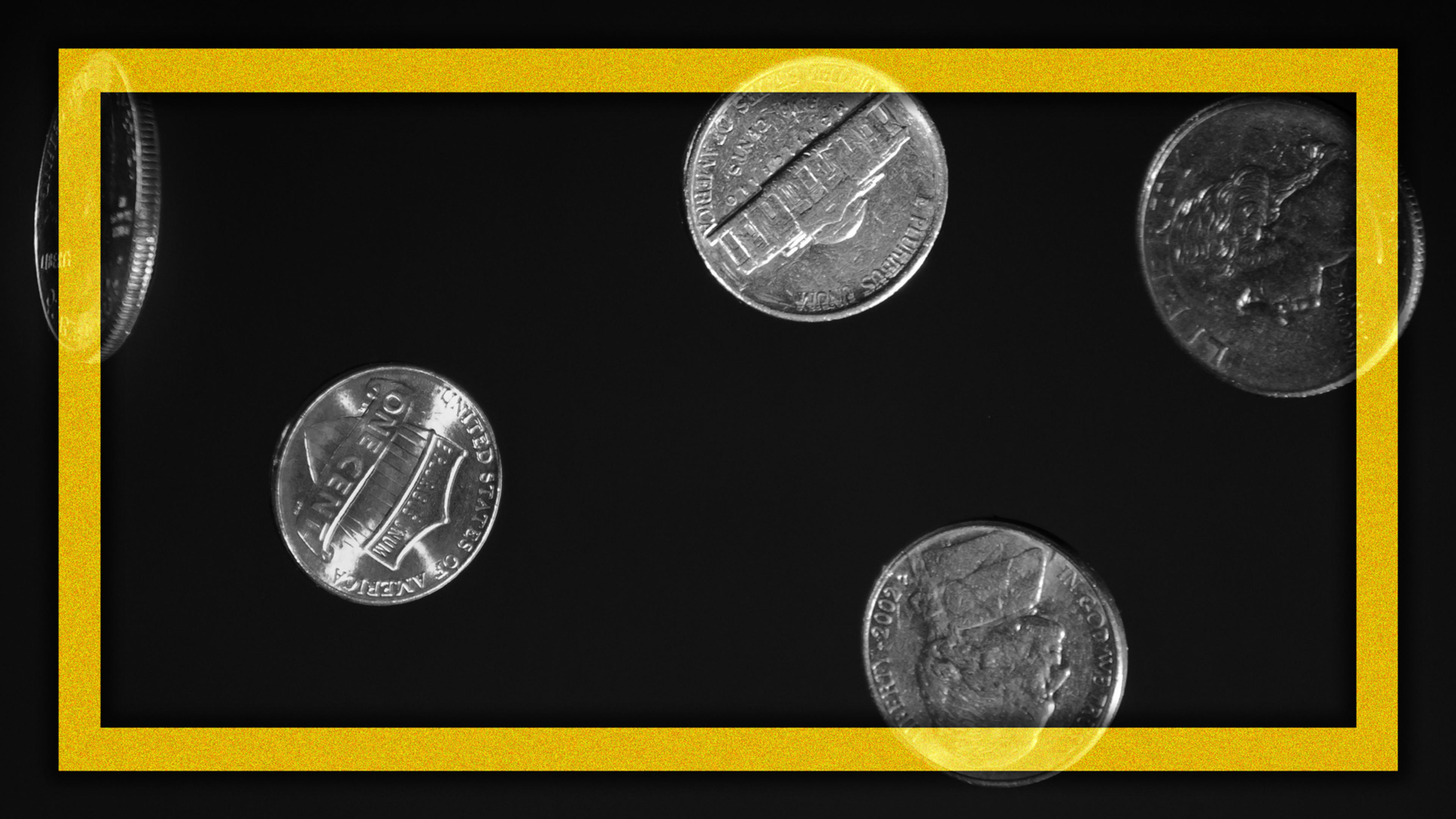COVID-19 has felled another victim: coins. There is a severe coin shortage in the United States. Why, you ask? Read on.
What’s happening? The Federal Reserve, which oversees the national coin inventory and its distribution to banks, is low on coins, and began “strategically allocating” its supply three weeks ago. This, in turn, means that the Reserve is giving fewer coins to the banks near you.
Does this affect me? Yep. When your local shop orders, say, $500 in coins from the bank, the bank may only be able to provide $200 in coins. This means that you can no longer get change, and many local stores are requiring exact change or credit cards.
But I don’t understand. Even if businesses are closed or people are shopping online, why would there be less money? Excellent inquiry! Our currency system is based on circulation—the money must constantly move. “The flow of coin through the economy has gotten all . . . it’s kind of stopped,” Jerome Powell, chairman of the Federal Reserve, told the House Financial Services Committee last month. “The places where you go to give your coins and get credit, cash—those have not been working. Stores have been closed. So the whole system of flow has kind of come to a stop.” Coin deposits at banks are down 50% since the start of the pandemic, and customers are avoiding places like transit hubs and laundromats, which typically receive influxes of coins.
So are people hoarding money? Kinda. The amount of currency in circulation is up by 7% since February, so people are likely holding more cash than usual, but the bigger problem is the damaged circulation.
Can’t they just make more coins? The U.S. Mint’s production of coins is decreased due to employee coronavirus safety efforts. Also, making more coins doesn’t necessarily solve the problem: $47.8 billion in coins are already circulating in the U.S., which is $142 in coins for every person in the U.S., including children.
Is anyone doing anything to fix this? The U.S. Coin Task Force was established a couple weeks ago, which is expected to release recommendations at the end of the month.
Can I help? Yep. Pay with coins, or deposit your coin jar at a bank.
Recognize your brand’s excellence by applying to this year’s Brands That Matter Awards before the early-rate deadline, May 3.
